Nature, Ecology, and the Cycle of Life
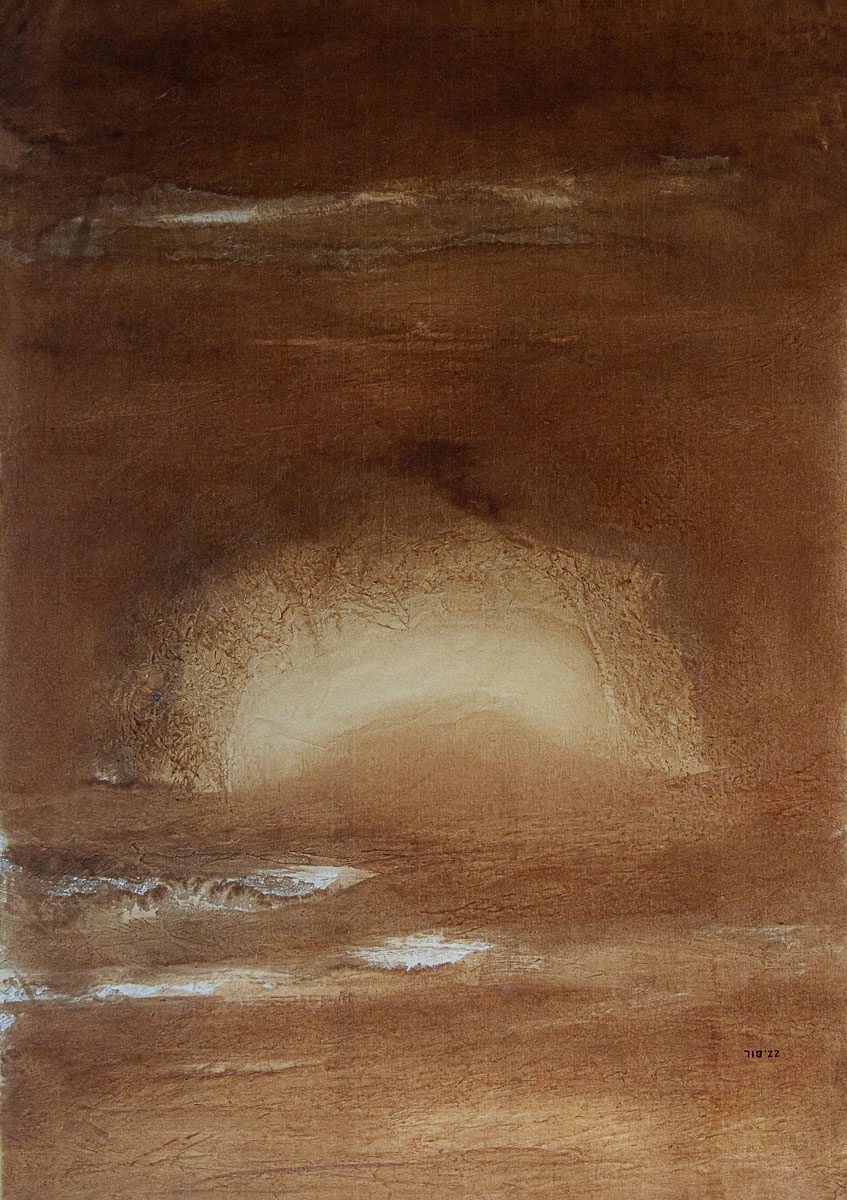
JICHEON Kim Eunkyung, 스미다 (Seumida), 2022, Korean ottchil, 90✕60cm
The celebrated French poet, journalist, and aviator Antoine de Saint-Expupéry has once said the following: “a tree is more than a seed, a living trunk, then dead timber. A tree is a slow and enduring force”. Indeed, throughout history and across a plethora of cultures, the motif of nature has been closely linked to the life journey of human beings. Yet, how do different art forms help express the unique bond between nature and man?
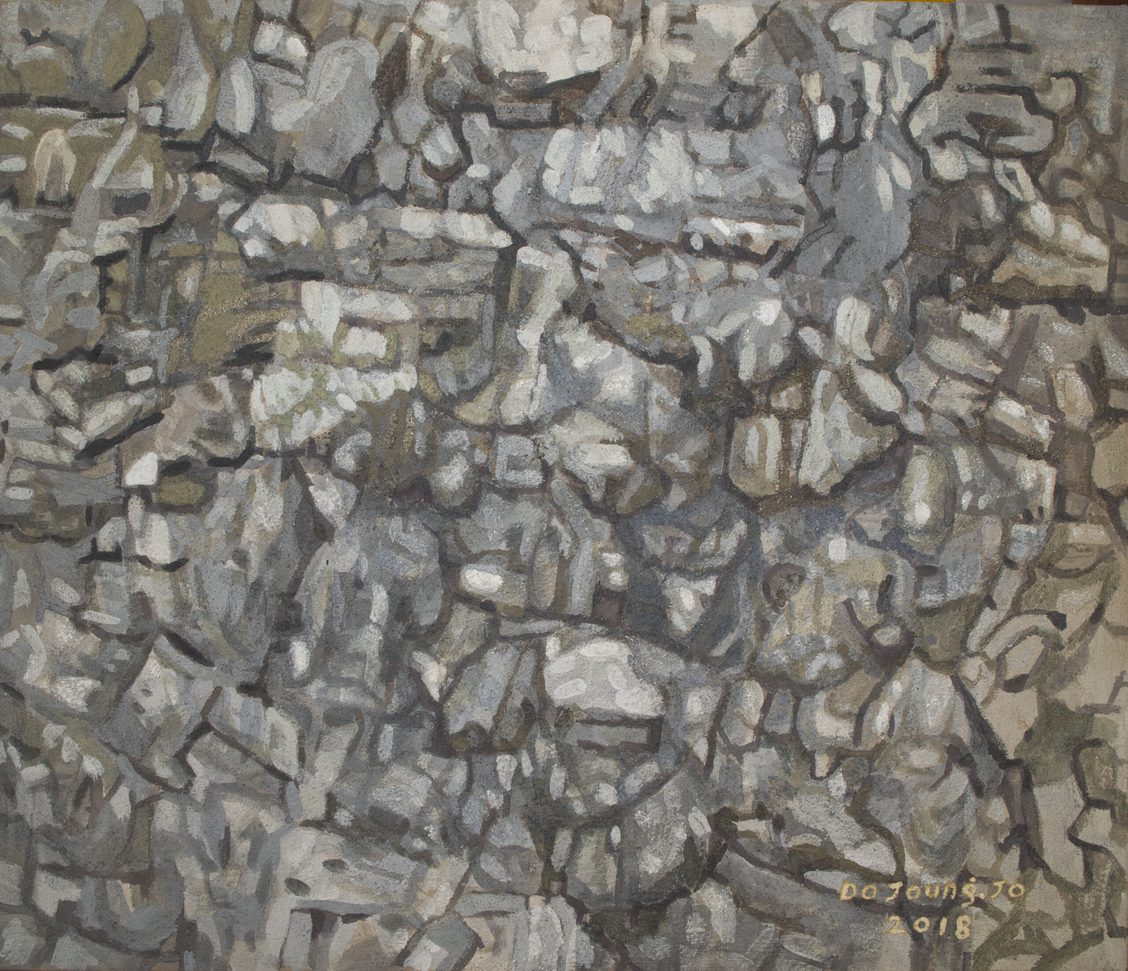
DoJoong Jo, Knar 5, Soil on canvas, 45.5✕53.3cm
Tree roots often symbolise strength and integrity, flowers represent beauty, and the changing seasons are commonly likened to the progression from youth to old age. This week, FOCUS art fair presents the works of three artists, who continue to be fascinated by this ancient metaphor. Their works centre around the themes of ecology and nature, in which several art pieces feature material derived from natural ingredients. In their exploration of the tree of life, the three artists attempt to make sense of man’s own symbiotic yet turbulent relationship with nature.
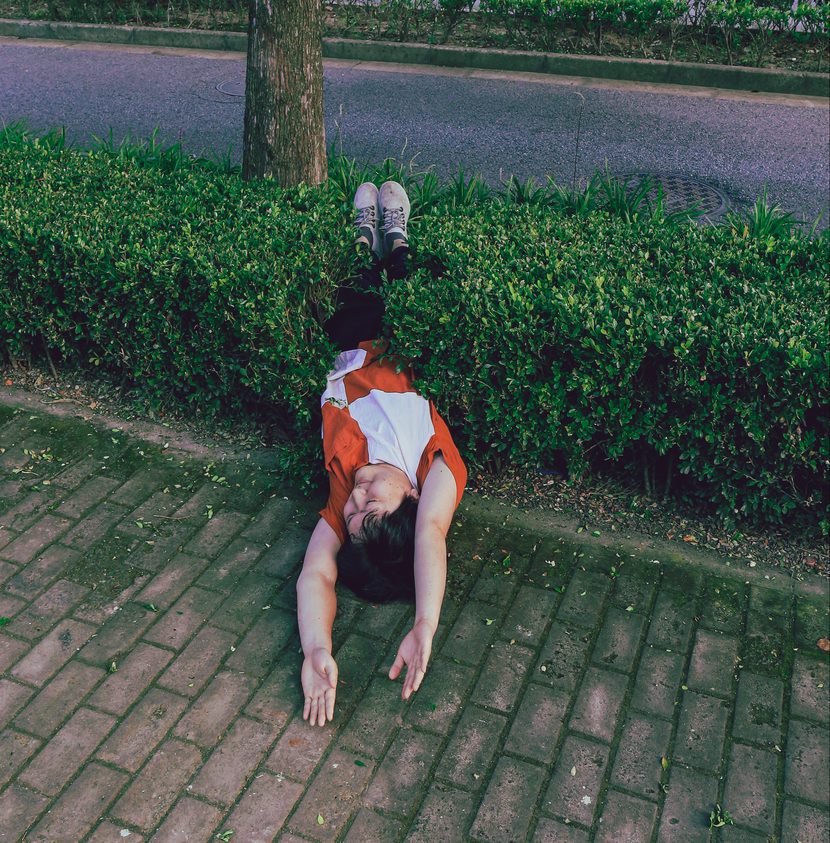
Peng Ding, BREAK, 2022
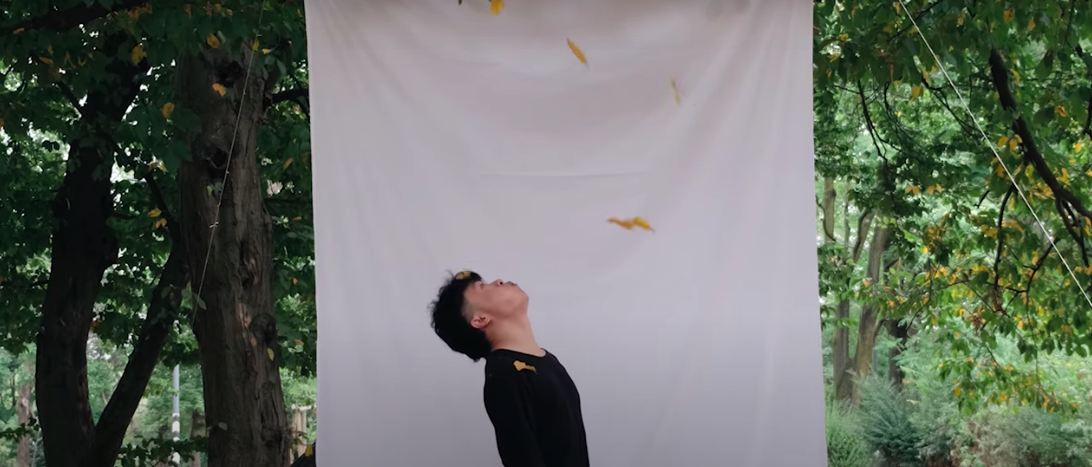
Peng Ding, Stop a leaf from falling, 2021, Video performance, 2,51’
Chinese artist Peng Ding is inspired by his studies as a landscape architect and his passion for design. His artworks are fun, expressive, and reflect his individuality. In his performance artwork series, ‘Break’ (2022), the viewer is presented with images of people stuck in hedges — with half of their bodies extended onto the pavement. Although the bleak colour palette of the series evokes a sense of eeriness, the subjects do not appear distressed. Instead, the viewer is confronted with a strange serenity, suggesting that the photographed humans are at peace with their natural surroundings.
Similarly, in his performance video “Stop a leaf from falling”, we watch as a man attempts to stop autumn leaves from falling by blowing at them. To add to this humour, the camera pans down to show the mass of autumn leaves already gathered at the subject’s feet. This absurd display alludes to the futility of interrupting nature’s cycle, which may furthermore be a comment on the futility of altering the cycle of our own lives.
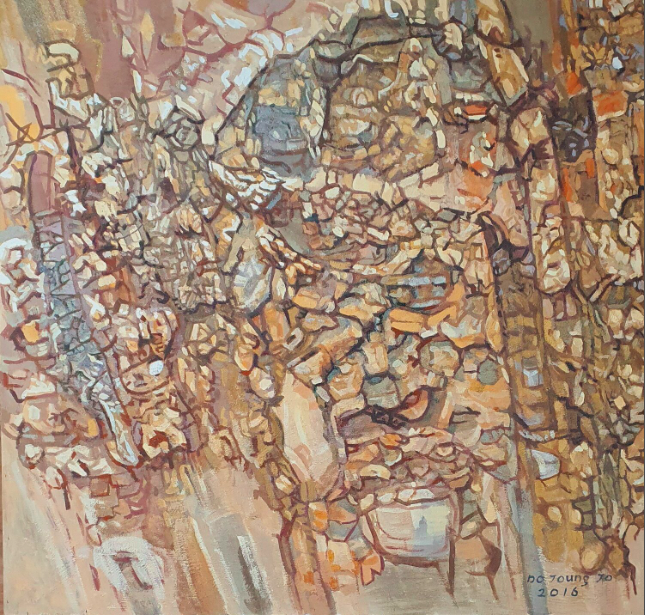
Dojoong Jo, Knar 15, 2016, Earth on canvas, 88✕94cm
South Korean painter Dojoong Jo explores nature by using natural pigments such as soil to create art. The artist’s fascination for trees is reflected through the painting series, ‘Knar’, where the title can be defined as ‘a knot in wood’. Indeed, this series of paintings depict nature's intricate geometry — namely the pattern of tree barks. Jo also creates portraits where human beings interact with their natural surroundings. In his painting ‘Little Girl’ (2003), the subject of the artwork — a young girl donned in traditional Korean clothing — blends into the background of what appears as autumn leaves. The use of a subdued colour scheme composed mainly of earth-toned colours furthermore initiates a sense of calmness and peace, as if highlighting our unity with nature.
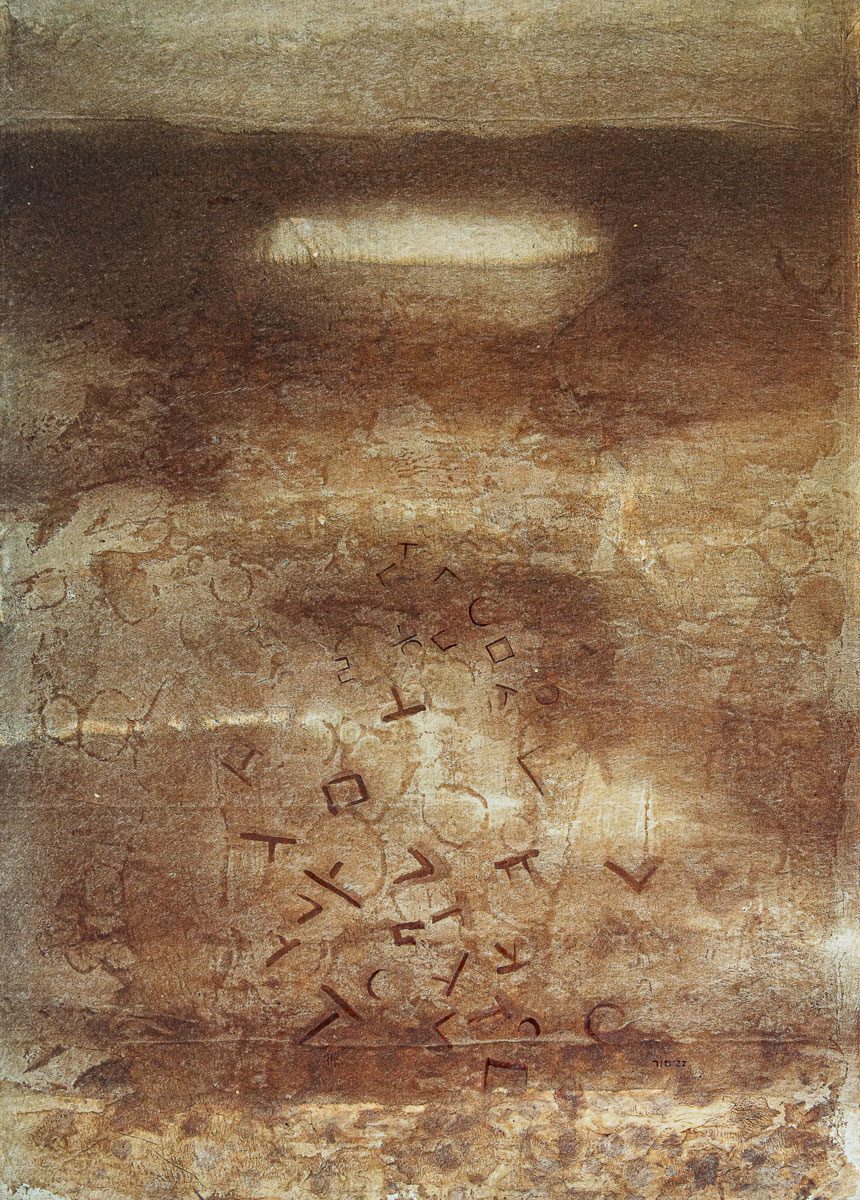
JICHEON Kim Eunkyung, From me to you, 2022, Korean ottchil, 90✕60cm
Like Jo, artist JICHEON Kim Eunkyung also uses natural elements in the creation of her artworks. Kim’s works revive the ancient Korean tradition of Jitae Ottchilgi, which involves the application of ‘Ottchil’ — a resin gathered from the sap of native Korean trees. The material itself is not only aesthetically attractive, as objects covered in this lacquer are given a unique shine, but it is furthermore ecological and edible by humans. Kim’s exploration of Ottchil, therefore, draws attention to the symbiotic relationship between man and nature. Her art serves as a reminder that nature not only nourishes our bodies but furthermore nourishes the artistic creativity within us.
Written by Rose Wei